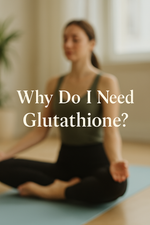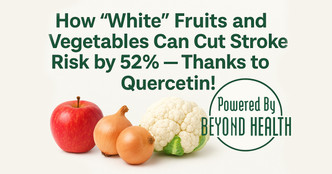Posted by Beyond Health on Dec 2nd 2025
The Hidden Nutrient Deficiencies Behind Stress, Overwhelm, and Poor Sleep
Why Calm Declines Quietly And How to Restore It Naturally In a world that runs at full speed, calm is becoming a rare biological luxury.Your mind, your mood, and your nervous system are constantly balancing inputs light, noise, notifications, responsibilities, toxins, nutrient depletion, sleep disruption. All of it shapes how your brain functions and how you feel day to day. But here's something most people don’t realize: Stress resilience isn’t just mental it’s biochemical.And when the cells that regulate calm don’t get the nutrients they need, your inner balance begins to decline long before you notice symptoms. Today, we’re diving into why this happens, the key nutrients your nervous system relies on, and how supporting your brain at the cellular level can improve your mood, sleep, and long-term emotional resilience. The Quiet Decline of CalmStress doesn’t hit all at once.It builds slowly, subtly through overstimulation, irregular sleep, chronic i…
read more Fuel your life with the purest vitamins
Fuel your life with the purest vitamins

